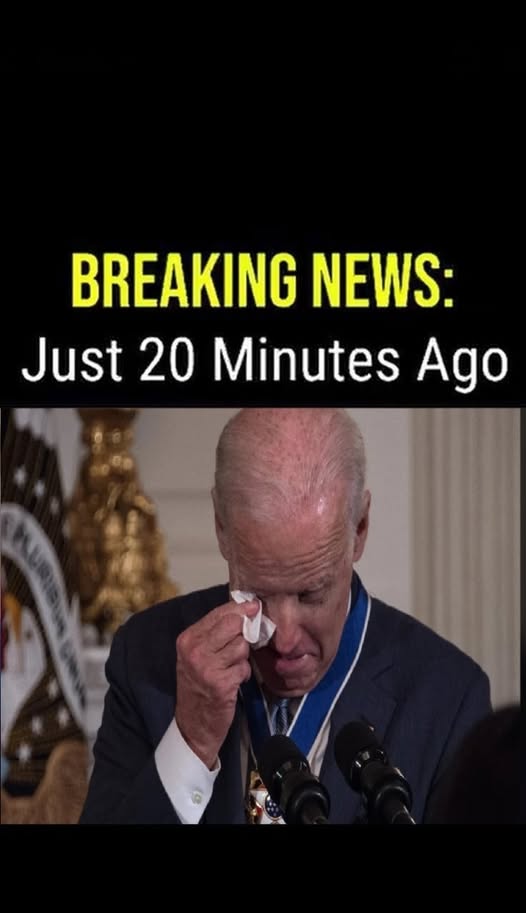The Complex Dynamics of Federal and Local Authority:
Federal and Local Power Dynamics
The relationship between federal and local governments in the U.S. is complex, especially in law enforcement across jurisdictions. The U.S. Constitution “establishes a federal system, dividing authority between national and state governments.” Local governments get their power from states, creating overlapping authority that can cause conflict when policies differ.
Constitutional Balance of Authority
The Supremacy Clause ensures “federal law precedence over state and local laws during direct conflicts.” However, the Tenth Amendment “reserves unspecified powers to the states and the people,” which leads to debates over how far federal power should reach versus local control.
Challenges in Law Enforcement Cooperation
Federal agencies act under authority from Congress, often related to “interstate commerce, national defense, or enforcing federal law.” Local officials sometimes resist federal involvement when it clashes with “community priorities or resources.” Although cooperative federalism aims for collaboration, “cooperation can falter when there are sharp policy disagreements,” causing public disputes.
Sanctuary Jurisdictions and Ongoing Tensions
Sanctuary cities and states highlight these conflicts by limiting cooperation with federal immigration enforcement, based on “civil rights, public trust, and resource management.” These policies involve decisions on “sharing information, detaining individuals, or allocating police resources,” reflecting local priorities.
Such disputes show the ongoing struggle to balance national law enforcement with “community values and constitutional principles.”





